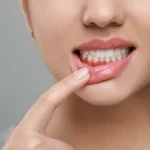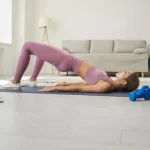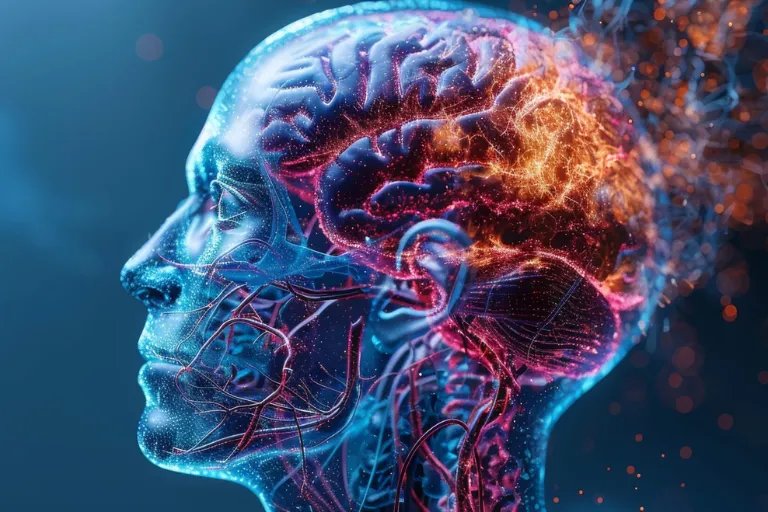
You can do all the right things — and still feel like you’re falling apart.
I see it all the time in my clinic.
High-performing clients who, on paper, have it all together: structured routines, healthy habits, career success.
They’re not “stressed” in the obvious sense.
But underneath?
Energy dips… brain fog… digestion that’s suddenly unpredictable.
A slow unravelling that doesn’t fully resolve — no matter how much they meditate, clean up their diet, or “push through.”
#1. The Hidden Cost of Being ‘Always On’

You wake up already tired. You push through your to-do list, caffeine in hand.
There’s never quite enough rest to feel truly restored.
And for high-achievers, there’s often guilt about slowing down — as if needing rest means you’re failing.
Patient story:
One of my clients, a project manager and mum of two, told me:
“I kept thinking I needed to try harder. But the harder I pushed, the worse I felt.”
This isn’t laziness.
It’s biology.
#2. When High Performers Start to Break Down

You might not call it anxiety. But are you:
- Wired but exhausted most evenings?
- Forgetting simple things, even mid-task?
- Irritable without clear reason?
- Bloated, sluggish, or flat despite “perfect” habits?
These aren’t random. They can be signs that your nervous system is stuck in high alert — running your body as if it’s under threat, even when life looks “fine.”
#3. The Nervous System You’ve Been Ignoring
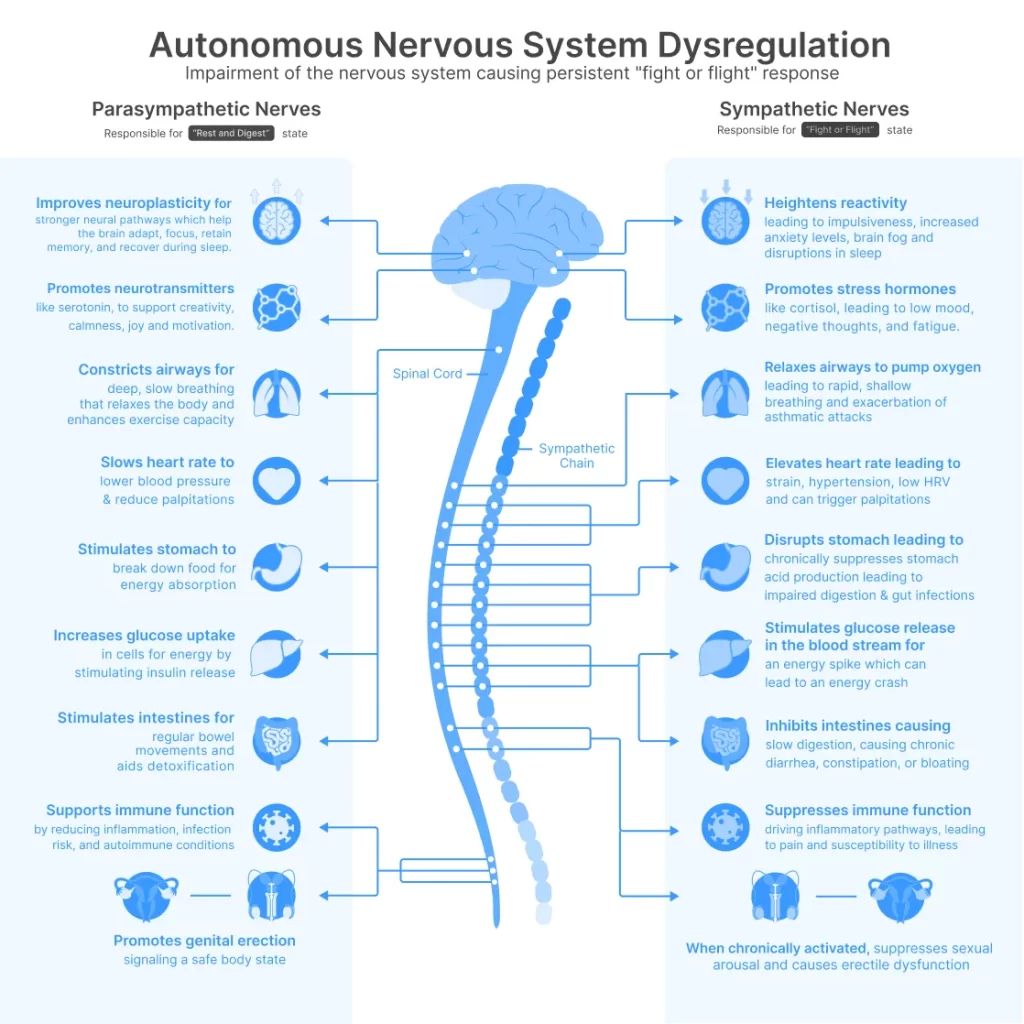
Your autonomic nervous system runs in two modes:
- sympathisch (fight or flight) — the gas pedal
- Parasympathisch (rest, digest, repair) — the brake
Die Vagusnerv is the “circuit breaker” that helps you switch between them.
It controls:
- Heart rate variability (HRV)
- Verdauung
- Stimmung
- Entzündungen
- Memory and focus
Research shows:
- Addorisio et al., 2019 — taVNS significantly reduces pro-inflammatory cytokines IL-6 and TNF-α.
- Lehrer et al., 2020 — HRV is strongly influenced by vagal tone, stress, and inflammation.
When vagal tone is low, your body struggles to shift into recovery — and symptoms accumulate.
#4. So What Happens When This System Fails to Reset?

Patterns of wohlwollende Dominanz can look like:
- Racing thoughts at night
- Restless or shallow sleep
- Digestive changes (bloating, constipation, IBS flares)
- Low morning energy and mood dips
Studies confirm:
- Camilleri et al., 2022 — vagal dysfunction strongly linked to IBS and other gut disorders.
- Sakaki et al., 2016 — higher HRV correlates with better emotional regulation and lower fatigue.
For many high-functioners, this goes unnoticed for years — until their body stops responding to the usual fixes.
#5. Why Common Fixes Don’t Work (for Long)

Meditation apps.
Therapy.
Cold plunges.
Adaptogens and supplements.
They can help… for a while.
But they’re coping tools — not recalibration tools.
If the underlying nervous system pattern stays the same, the symptoms come back.
Client example:
One woman came to me after years of trying everything from yoga retreats to high-end supplements. “I’d feel better for a bit,” she said, “then crash again for no reason.”
#6. The Breakthrough Researchers Are Exploring Now
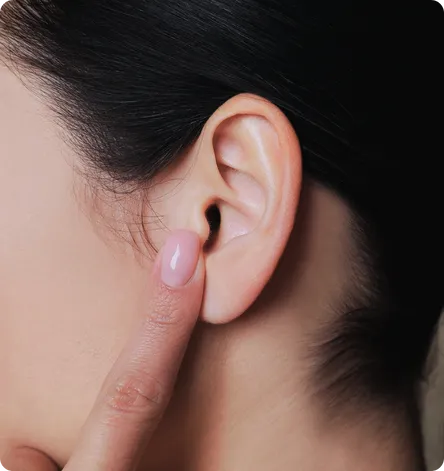
Originally, Stimulation des Vagusnervs (VNS) was used surgically for epilepsy and severe depression.
Now, researchers at Harvard, UCLA, and Imperial College London are studying a non-invasive form—transcutaneous auricular vagus nerve stimulation (taVNS).
What the research says:
- taVNS has been shown in recent studies to improve heart rate variability (HRV), indicating increased parasympathetic activity and autonomic regulation.
- Randomized controlled trials document that taVNS enhances memory performance and modulates cognitive functions in both healthy individuals and patients with neurological conditions.
- Clinical trials have also demonstrated that taVNS can significantly improve sleep quality and subjective well-being. For example, a 2024 randomized clinical trial found meaningful improvements in sleep, as measured by the Pittsburgh Sleep Quality Index, and overall quality of life in patients with insomnia when compared to sham stimulation.
- Furthermore, both case studies and larger clinical trials confirm that taVNS can significantly reduce anxiety, as evidenced by reductions in anxiety symptom ratings such as the GAD-7 scale and related measures.
#7. The Skeptic’s Tool That Changed My Perspective

I’m not quick to jump on wellness gadgets. But after reading the research, I tried Nurosym — a CE-marked taVNS device — for myself.
At first, I used it during high-pressure work weeks. The sessions felt like a deep exhale — subtle, but noticeable. Over time, I found I recovered from stress faster and stayed steadier during the day.
I began offering it to select clients who were “stuck in overdrive.”
Some reported:
- Sleeping through the night for the first time in months
- Feeling calmer and more present with family
- Less bloating and digestive discomfort
Nurosym’s data:
- 61% increase in vagal activation within minutes
- 78% reduction in key inflammation markers
- 45% improvement in mood scores
#8. Who Might Benefit — And Who Shouldn’t Use It

Might benefit:
- High-stress professionals with wired-but-tired energy patterns
- Those with digestive flare-ups linked to stress
- People with disrupted sleep despite good habits
Avoid if:
- You have a pacemaker or implantable cardiac device
- You’re pregnant
- You’ve had a recent serious cardiac event
- You’re under 18
#9. A Safe Way to Explore It

Nurosym bietet:
- 30-tägige Geld-zurück-Garantie — try it without pressure
- Limited study slots — some participants receive a €70 subsidy for feedback
If you’re curious, I can guide you through how to use it alongside nutrition, breathwork, and somatic tools.
Final Thoughts:
What if your brain fog, gut flares, or low motivation weren’t flaws — but signals?
Signals that your biology needs a different kind of support.
When you stop seeing it as a willpower issue, you can start working with your body.
And finally feel like yourself again.
References:
- Addorisio, M. E., Imperato, G. H., de Vos, A. F., Forti, S., Goldstein, R. S., Pavlov, V. A., van der Poll, T., Yang, H., Diamond, B., Tracey, K. J., & Chavan, S. S. (2019). Investigational treatment of rheumatoid arthritis with a vibrotactile device applied to the external ear. Bioelectronic Medicine, 5, 4. https://doi.org/10.1186/s42234-019-0020-4
- Camilleri, M. (2023). Electrical devices for functional visceral pain. Neurogastroenterology & Motility, 35(3), e14518. https://doi.org/10.1111/nmo.14518
- Kong, J., Fang, J., Park, J., Li, S., & Rong, P. (2018). Treating depression with transcutaneous auricular vagus nerve stimulation: State of the art and future perspectives. Frontiers in Psychiatry, 9, 20. https://doi.org/10.3389/fpsyt.2018.00020
- Lehrer, P., Kaur, K., Sharma, A., Shah, K., Huseby, R., Bhavsar, J., Sgobba, P., & Zhang, Y. (2020). Heart rate variability biofeedback improves emotional and physical health and performance: A systematic review and meta-analysis. Applied Psychophysiology and Biofeedback, 45(3), 109–129. https://doi.org/10.1007/s10484-020-09466-z
- Redgrave, J., Day, D., Leung, H., Laud, PJ, Ali, A., Lindert, R., & Majid, A. (2018). Sicherheit und Verträglichkeit der transkutanen Vagusnervstimulation beim Menschen; Eine systematische Übersicht. Hirnstimulation, 11(6), 1225–1238. https://doi.org/10.1016/j.brs.2018.08.010
- Stavrakis, S., Elkholey, K., Morris, L., Niewiadomska, M., Asad, Z. U. A., Humphrey, M. B., et al. (2022). Neuromodulation of inflammation to treat heart failure with preserved ejection fraction: A pilot randomized clinical trial. Zeitschrift der American Heart Association, 11(3), e023582. https://doi.org/10.1161/JAHA.121.023582
- Parasym Health. (2021). Vagus nerve stimulation devices: Ultimate health guide. Parasym. https://www.parasym.co/parasym-device-transcutaneous-vagus-nerve-stimulation.html
Der Artikel stellt in keiner Weise eine medizinische Beratung dar. Bitte konsultieren Sie einen zugelassenen Arzt, bevor Sie eine Behandlung beginnen. Diese Website kann Provisionen für die in diesem Artikel erwähnten Links oder Produkte erhalten.
Teilen über:

